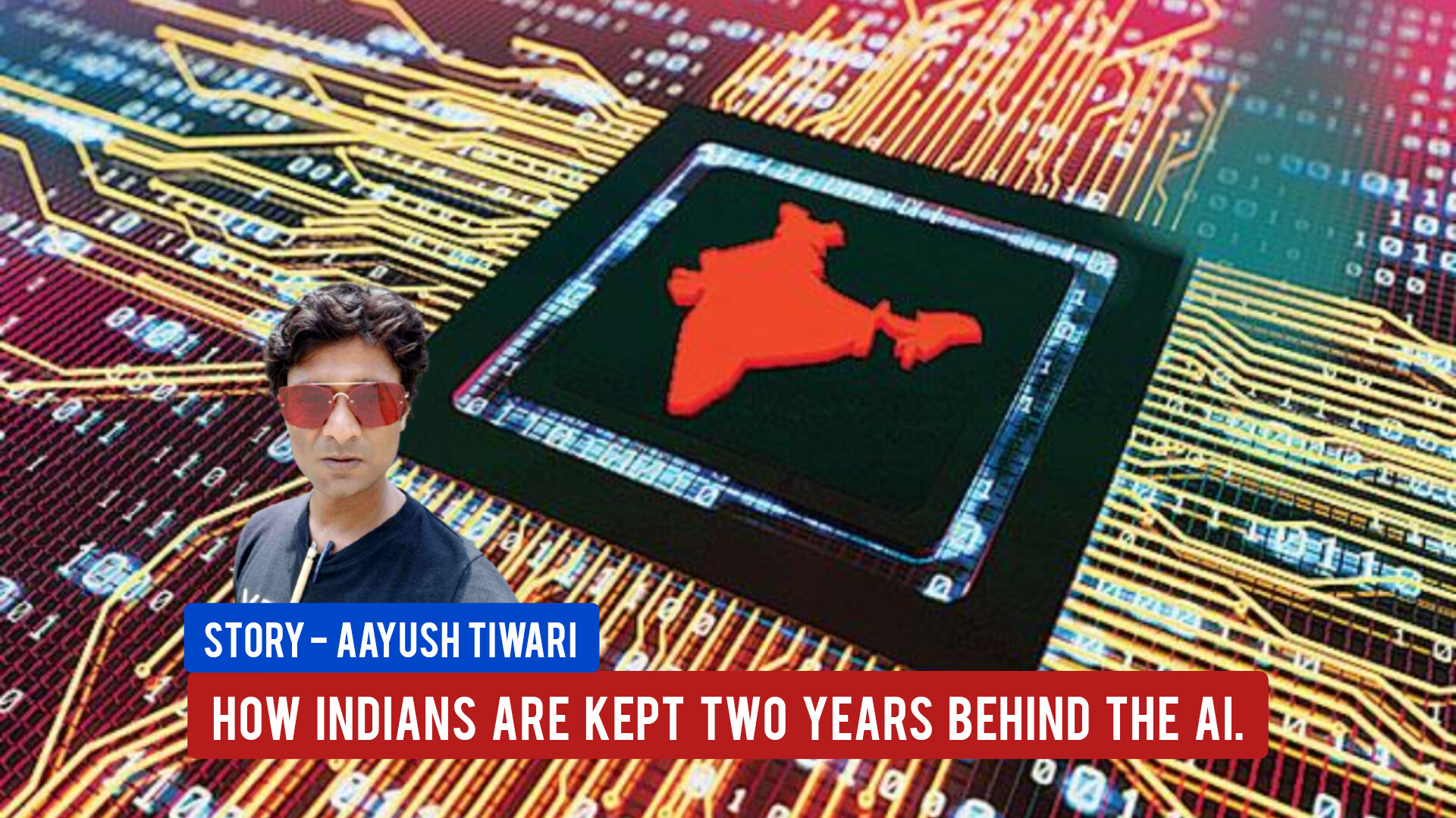
The world is changing drastically, eveyday with the bullet swift development of thr AI round the globe. As you know with AI right from music composition, publishing, emails, Multi Billion MNC projects the a type of status quo from decades does not remain intact anymore.
“Mind my words, ” recently said Elon Musk “AI is far more dangerous than the nuces( nuclear weapons”. So now let me ask you will the tycoons of the Silicon Valley want the developing economies like India to remain equipped with it’s omnipotence. Centralization of powers is a human psychology.
Therefore in this era of survival of the fittest, the “innovative diaruption” will spare no body. This every person with even a little common sense sees clearly ( Nevertheless, common sense is the most uncommon these days :).
So if you are in India and if you have ever tried to use top ai apps and tools then you must have found that no popular indian payment methods like the Paytm, Phonepe, UPI ( United Payment Interface) etc are available to purchase them. PayPal of our beloved Musk is the most common and almost omnipresent on the digital cloud. Yes, G Pay and card payments are available in some good AI apps and the reason behind this will be explained in the follow up of this blog to avoid it being too technical.
This, a top-notch strategy to maintain the monopoly on IT and the AI is to keep many nations away from technological updates through creating a subtle technical incubation of exclusivity. By making certain updates in the payment methods and such features available only to a select group of users or customers, these companies create a desire among others to also gain access to these updates. This strategy is often employed by the fastest growing AI tycoons, where they introduce new features to a small group of users before rolling them out to the larger user base. This creates a buzz and curiosity among users, compelling them to remain engaged and excited about the platform, while simultaneously keeping them away from exploring alternative technologies or updates.
Most of the top international AI apps available in India freely provide a demo before asking for subscriptions. These demos can be mind blowing as another strategy used by digital giants is to consistently adapt and evolve their product offerings. By continually enhancing the user experience and providing valuable new features, these companies generate a perception that their current offerings are up-to-date and remain at the cutting edge of technology. This strategy is often seen in the smartphone industry, where regular software updates and hardware advancements are introduced to keep users satisfied with their devices. By constantly innovating, these companies create a sense of being at the forefront of technological advancements, making it difficult for users to consider other options or seek out alternative updates.
Experimenting with two of the most noteworthy almost omnipotent AI engines Leela Zeero and Stockfish at chess.com helped me in my research behind this blog. The chat gpt or the ryter, such apps must be helping you tremendously but despite a major step to stop the ai growth in 2021, dealing with the Leela Zero and Stockfish at chess.com explained me where do we stand in this present digital era.
It is hence evident that there are various factors at play that contribute to Indians so happy brimming with pride with GPT 3 in the pockets that they are kept atleast two years behind in adopting and embracing artificial intelligence (AI). Limited access to advanced technological infrastructure as well as a lack of awareness are just few of the challenges hindering the widespread adoption of AI in India. The digital giants who dominate the AI landscape have a significant role in keeping people away from technological updates, employing tactics such as creating a sense of exclusivity and consistently evolving their product offerings. However, it is crucial for India to address these barriers and bridge the gap to fully harness the potential of AI for the nation’s growth and development. It requires collaborative efforts between the government, private sector, educational institutions, and individuals, to not only catch up but also to lead the AI revolution. By investing in infrastructure, promoting research and development, and improving digital literacy, India can overcome the challenges and create an innovative and inclusive ecosystem that brings the nation up to speed with the advancements in AI technology.





